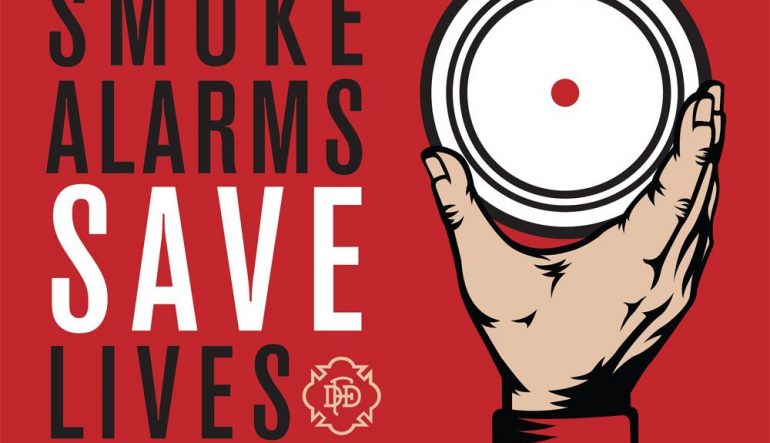Most of us don’t think twice about the smoke detectors in our homes.
Since the National Fire Protection Association (NFPA) made smoke alarms mandatory for US homes in 1976, they have become compulsory features in homes across Europe, Australia and many other parts of the world.
Today, the fact that smoke detectors are a searchable feature on Airbnb demonstrates their widely recognised importance.
In 2018, the NFPA reported a little over 353,000 house fires across the US, leading to approximately 2,600 civilian deaths (0.7 per cent).
Coincidentally, that same year the Sudden Cardiac Arrest Foundation reported more than 356,000 out-of-hospital cardiac arrests (OHCAs) occur annually in the US.
Similar incidence numbers, big difference in outcomes; over that period, nearly 90 per cent of OHCAs were fatal.
That’s more than 320,000 OHCA deaths per year in the US alone. The American Heart Association estimates more than four out of every five of these deaths occurred in homes and other private residences.
The relatively low number of deaths from house fires is arguably testament to the effectiveness of legislation making smoke detectors compulsory for every home.
AEDs, like smoke detectors, save lives
How is a defibrillator like a smoke alarm?
The equivalent life-saving equipment for people suffering a sudden cardiac arrest would be an AED, or automated external defibrillator.
There is no doubt that AEDs save lives.
AEDs are designed to shock a person’s heart back into a normal rhythm after they’ve experienced a sudden cardiac arrest caused by an arrhythmia.
This is the technical term for a problem with the rate or rhythm of the heartbeat that prevents it from sending oxygenated blood to the brain and vital organs.
Yet if so many more people die in their homes from sudden cardiac arrest compared to house fires, why aren’t AEDs compulsory for every home – the same as smoke detectors?
One barrier is cost. You can buy smoke detectors for less than $10 a pop; most AEDs are priced in the thousands.
Another possible barrier is the nature of the device, and the problems it is designed to address. Smoke detectors are comparatively simple devices, that are easy to design to a standard.
An AED, on the other hand, is a medical device that sustains or supports life, and is highly regulated to ensure its safe and effective use.
Like houses that are built in fire zones, however, some people are more at-risk of sudden cardiac arrest than others.
For those people, the idea of having an AED in their home, and making sure members of the household are ready and willing to use it, should be considered.
Countless lives have been saved from house fires since smoke detectors were made compulsory. Could the same be achieved by mandating AEDs for homes, to help save some of the six million people worldwide who die every year from sudden cardiac arrest?



